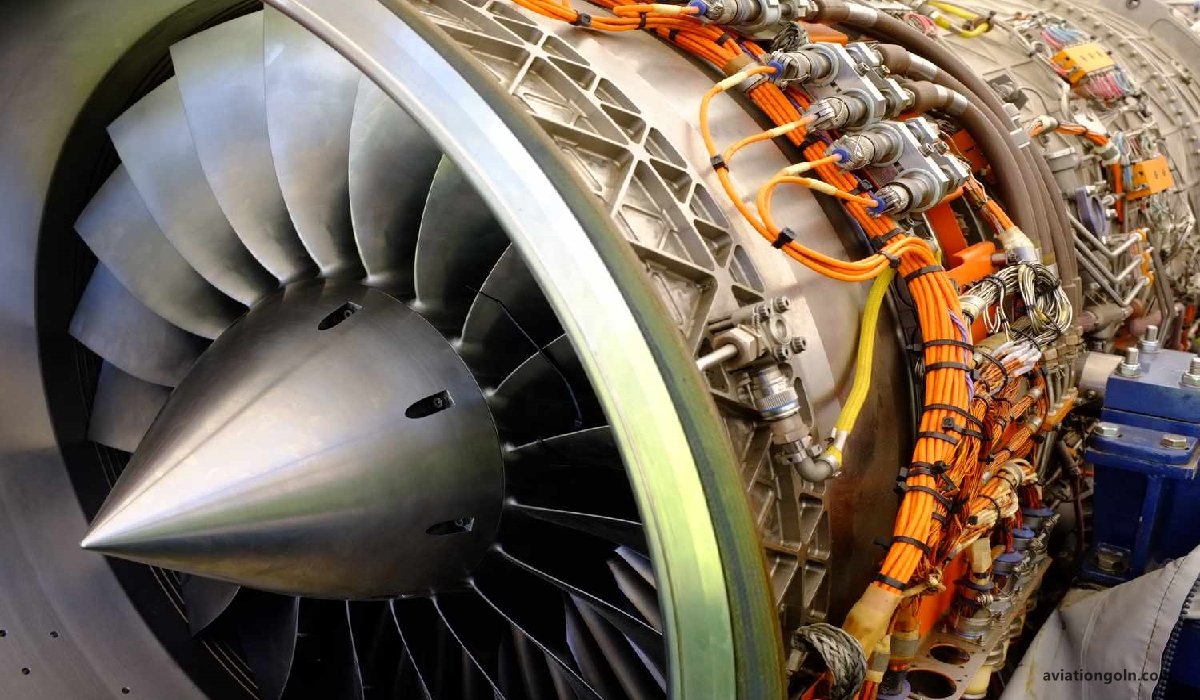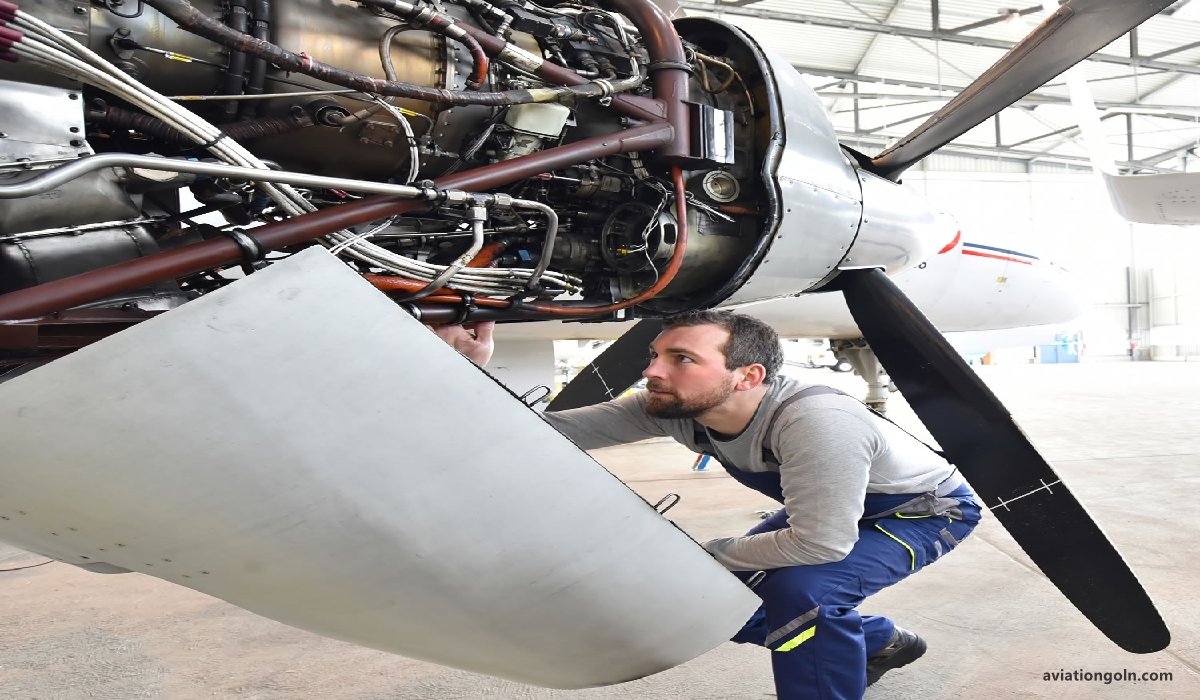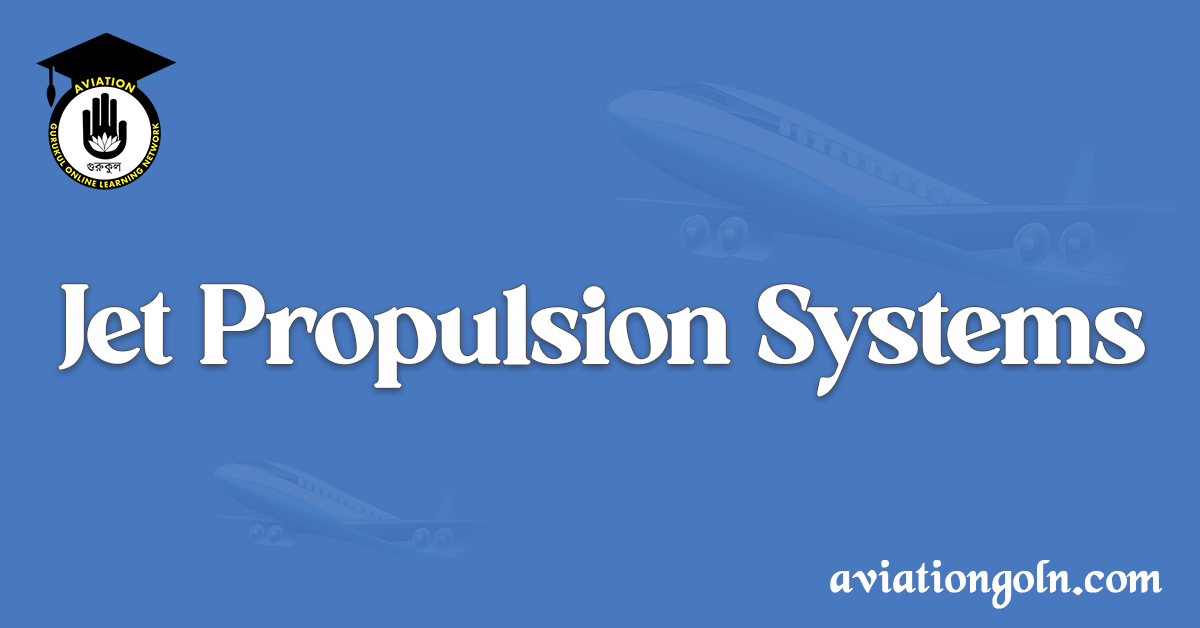Jet propulsion, a term often associated with the mesmerizing contrails left by high-flying aircraft, has been at the epicenter of aviation advancements for decades. At its heart, jet propulsion is about expelling a jet of fluid or gas rearward to produce a forward thrust. In the domain of aviation, this principle has been adapted and enhanced to birth a plethora of propulsion systems. This article endeavors to guide you through the journey of jet propulsion, from its elementary concepts to the latest advancements in aircraft propulsion systems.
Jet Propulsion: From Basic to Advanced Concepts of Aircraft Propulsion Systems
1. The Foundations of Jet Propulsion
Newton’s Third Law
Jet propulsion is fundamentally rooted in Sir Isaac Newton’s third law of motion: For every action, there is an equal and opposite reaction. When a jet engine expels air or exhaust gases backward at high speeds, the equal and opposite reaction propels the aircraft forward.
Principle of Conservation of Momentum
For a system with no external forces, momentum is conserved. When an aircraft engine expels mass (in the form of exhaust gases) at high velocities, the aircraft gains momentum in the opposite direction.

2. Basic Jet Engine Types
Turbojet Engines
The earliest and simplest form of jet engines. Air is taken in, compressed by a compressor, mixed with fuel, ignited, and then expelled through a nozzle, producing thrust. It’s suitable for high-speed flight but is generally less efficient than its successors.
Turbofan Engines
An advancement on the turbojet, turbofans incorporate a large fan at the front. Part of the ingested air bypasses the core engine, offering better efficiency, especially at subsonic speeds. They come in low-bypass, high-bypass, and even ultra-high-bypass variants.
Turboprop Engines
Here, most of the jet engine’s power drives a propeller, combining the principles of jet propulsion with propeller-driven aircraft. They are highly efficient at slower speeds and are commonly found in regional airliners and cargo aircraft.

3. Advanced Components of Jet Engines
Compressors
Crucial for increasing the pressure and temperature of the incoming air, compressors can be axial (using rotating and stationary blades in a series) or centrifugal (slinging air outward).
Combustion Chambers
Where fuel meets the high-pressure air, igniting to produce high-energy exhaust gases. The challenge lies in ensuring uniform and efficient combustion.

Turbines
Positioned after the combustion chamber, turbines extract energy from the exhaust gases to power the compressor and, in some engines, the front fan.
Exhaust Nozzles
The region where exhaust gases are expelled. Their design, especially in military aircraft, can vary to control thrust levels and even direction.

4. Advanced Jet Propulsion Systems
Afterburners
Used primarily in military jets, afterburners inject additional fuel into the exhaust stream, igniting it and providing extra thrust, albeit at a higher fuel consumption rate.
Variable Cycle Engines
Engines that can adapt their operation according to flight conditions, like switching between turbofan and turbojet operational modes.
Ramjets and Scramjets
Engines without moving parts, designed for high-speed, supersonic, and hypersonic flight. They use the aircraft’s forward motion to compress incoming air, with scramjets being an iteration suitable for even higher speeds.

5. The Realm of Hybrid-Electric Propulsion
With sustainability becoming paramount, the aviation industry is eyeing hybrid-electric systems. Here, jet propulsion works in tandem with electric motors, aiming to reduce emissions, fuel consumption, and noise.

6. Challenges and Solutions in Jet Propulsion
Noise Reduction
Modern engines employ chevrons, serrated patterns on the exhaust nozzles, and advanced blade designs to reduce the noise footprint.
Fuel Efficiency
Materials like ceramic matrix composites (CMCs) and advancements in aerodynamics are continually pushing the boundaries of fuel efficiency.
Thermal Management
As engines operate at higher temperatures for efficiency, advanced cooling systems and materials are crucial.

7. The Future of Jet Propulsion
The horizon holds promise for even more revolutionary shifts. From engines powered by alternative fuels or entirely new propulsion concepts like ion drives, the realm of jet propulsion remains ripe with potential.

Jet propulsion, starting from a rudimentary understanding of Newtonian physics, has skyrocketed into a realm teeming with innovation, complexity, and sheer engineering marvels. As we stand at the nexus of sustainability and technological advancement, jet propulsion continues to evolve, responding to the ever-shifting demands of efficiency, power, and environmental stewardship. The skies remain an open canvas, and jet propulsion is the brush with which humanity paints its airborne aspirations.
Read more:
